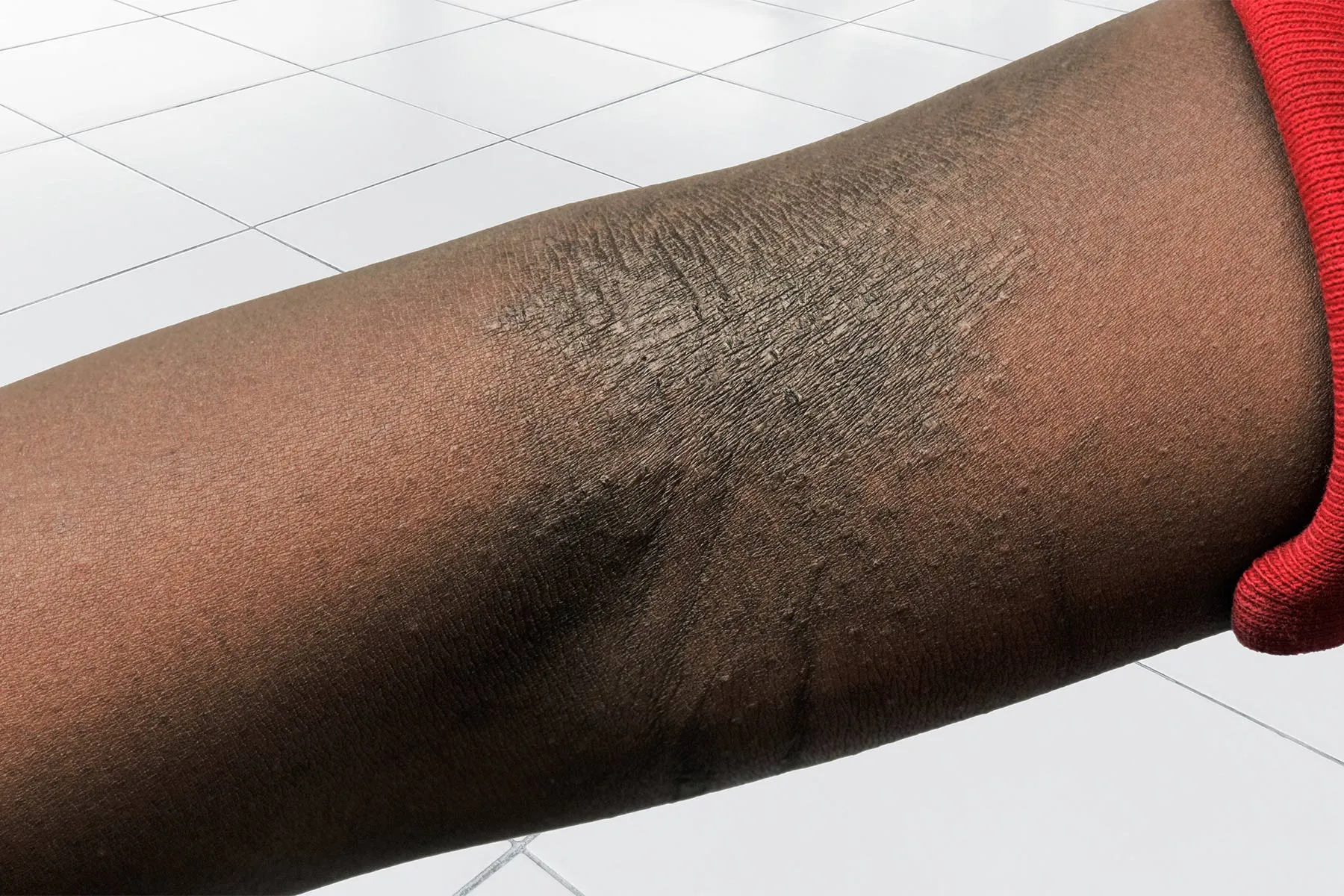Census of U.S. Corrections Finds Overcrowding, Limited Facilities for Aging Inmates
More than a third of U.S. incarcerees were held in facilities operating “at more than their rated or design capacity” in 2019, according to the Bureau of Justice Statistics. Figures based on the most recent census provided a pre-pandemic snapshot of a troubled system.

More than a third (36 percent) of U.S. incarcerees were held in facilities operating “at more than their rated or design capacity” in 2019, according to the Bureau of Justice Statistics (BJS).
Although the figures, based on data from the most recent BJS census, are over two years old, they correlate with more recent anecdotal descriptions of a resource-strained correctional system burdened by overcrowding.
The census covered adult correctional facilities operated by state corrections, the federal Bureau of Prisons and private contractors in all 50 states. While overcrowding in large state penitentiaries has received media attention, some of the most serious overcrowding conditions have been recorded in jails.
The census provided a mixed portrait of the pre-pandemic state of U.S. corrections, which statistically confines more citizens per capita than anywhere else in the world.
Prisons were slow to respond to the threat posed by COVID-19, which cut a wide swath through the incarcerated population and staff. Conditions in many facilities reportedly worsened, and inmates were among the last to receive vaccines.
As concerns grew over the threat posed to families of inmates and staff, some facilities began early release programs. But some corrections authorities, prodded by legislators, are asking that some of the inmates be returned to custody.
In mid-2019, just over 1.3 million individuals were being held in 1,677 facilities—the bulk of them in state prisons. That included 120,566 individuals held in 411 private prisons under contract with state governments.
The federal Bureau of Prisons (BOP) operates 111 facilities, which held 141,477 individuals in 2019.
The BJS figures did not capture the growing effort in several states to shutter many facilities, a reflection of a slowing incarceration rates and moves to release individuals serving long sentences or who were convicted for nonviolent offenses.
And they left implicit one of the biggest challenges faced by the system in the coming decades: the growing population of inmates aged 55 and over―which has been described as the ”graying” of American prisons.
Just 5 percent of confinement facilities reported having a geriatric unit (57 facilities) or a unit designated for veterans (67).
The census reported that 95 percent of confinement facilities and 65 percent of “community-based facilities”–defined as facilities such as halfway houses oriented towards community corrections—offered some times of education program.
Some 58 percent of prisoners in confinement facilities were held in facilities that offered college courses; but just 18 percent of individuals detained in community-based facilities enjoyed that option.
Nearly 8 in 10 prisoners in both confinement facilities (79 percent) and community-based facilities (78 percent) were held in facilities that offered life skills and community-adjustment programs.
More than 18 per cent of incarcerees were held in maximum security institutions.
Turning to prison demographics, the census found nearly equal percentages of Blacks (38.9 percent) and whites (39.1 percent) in all facilities. Hispanics made up the next largest cohort at 18.6 percent.
Males comprised 92.8 percent of the incarcerated population in mid-2019. There were no figures on transgender incarcerees.
The corrections system employed 240,024 individuals in mid-2019, the bulk of them in state prisons. Over half that number were assigned to maximum security institutions.
The largest number of incarcerees (497,512) were held in facilities in the Southern states, followed by the Western states (246,497).
Additional reading: Is It Time to Rethink the American Way of Punishment?
The full census data and tables are available here.

 Landwebs
Landwebs 























